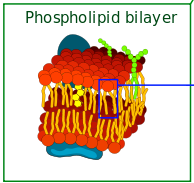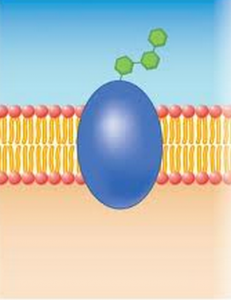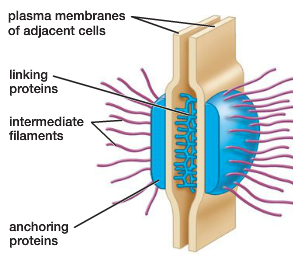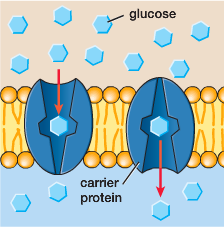Membrane Proteins
Introduction
Plasma membranes serve to separate the interior environment of the cell from the exterior. This physical barrier manages the exchange of materials into and out of the cell by utilizing a group of proteins that are embedded directly into the membrane. These membrane proteins typically make up more than half the weight of the plasma membrane.

Membrane Proteins
Proteins associated or embedded within the plasma membrane provide the ‘mosaic’ property of the ‘fluid mosaic’. There are several classes of membrane proteins, each performing specific functions for the cell. These are:
- Receptor Proteins
- Recognition Proteins
- Connection Proteins
- Transport Proteins
We will explore each of these classes of membrane proteins now…
Receptor Proteins
Receptor proteins typically span the entire width of the phospholipid bilayer, enabling interaction with both the internal and external environments of the cell.
Receptors will receive or bind to signals from one side of the plasma membrane; this interaction will result in an overall change to the receptor protein (such as a change in shape) which causes the other side of the membrane to respond in a specific manner.
You can think of receptor proteins like small satellite dishes that sit on the outside surface of the cell, receiving signals from the outside world and transmitting those signals inside the house.
Recognition Proteins

Recognition proteins are used by the cell to identify it’s type to other cells or the outside world. These proteins play an important role in your immune system and your body’s ability to fight off infections. For example, an individual will have certain recognition proteins found on its surface which serve to identify the cell as belonging to that individual’s body. Cells that possess these specific recognition proteins will be ignored by the body’s immune system, while other cells or particles that do not contain the correct recognition proteins will be targeted for attack by the immune system.
Connection Proteins

Connection proteins serve as small anchors that serve to:
- Maintain overall shape
- Connect to other cells.
- Maintain position of the cell within a given tissue
Transport Proteins

Transport proteins are specialized at transporting compounds or molecules that would normally be restricted from passing across the semi-permeable plasma membrane.
Transport proteins can be of several types, including:
- Channels – form small pores that create ‘holes’ in the plasma membrane where specific compounds are allowed to pass
- Carriers – use energy to bind to compounds on one side of the plasma membrane and actively transport them to the other side
Summary
Membrane Proteins provide the ‘mosaic’ property of the ‘fluid mosaic’ plasma membrane. There are several classes of membrane proteins, each performing specific functions for the cell, including:
- Receptor Proteins (receives signals from the external environment)
- Recognition Proteins (identifies the cell)
- Connection Proteins (establishes connections or anchors with other cells)
- Transport Proteins (transport compounds across the cell membrane)